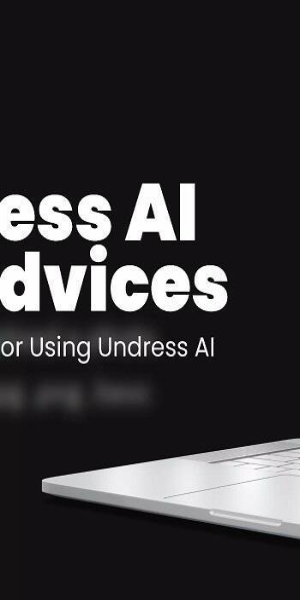Is the use of AI for undressing images ethical? This question has sparked intense debates worldwide, particularly as technology continues to advance at an unprecedented pace. The rise of tools such as Undress AI, which employs sophisticated algorithms to digitally remove clothing from photographs, raises serious concerns about privacy, consent, and the potential misuse of such technologies. Bold statements supporting this inquiry include the alarming increase in instances where AI-generated content is used maliciously, leading to distress among individuals whose images are manipulated without their permission.
Undress AI represents a free tool powered by artificial intelligence designed to separate clothing from pictures with remarkable precision. It leverages cutting-edge algorithms that analyze visual data and simulate realistic outcomes, creating lifelike images devoid of garments. While proponents argue that these tools can be utilized responsibly within artistic or educational contexts, critics highlight the dangers associated with unauthorized usage. For instance, schools across the United States have reported cases involving students' photos being altered using similar software, resulting in harmful consequences for those affected. Institutions like Westfield High School, Issaquah High School, Beverly Vista Middle School, Calabasas High School, Laguna Beach High School, and Fairfax High School have all encountered issues linked to AI-generated pornographic materials circulating amongst peers.
| Personal Information | Details |
|---|---|
| Name | Undress AI |
| Type | AI-Powered Tool |
| Functionality | Digital alteration of images through simulated clothing removal |
| Platform | Web-based |
| Availability | Free trial with subscription options |
| Features | Undressing, face swapping, deepfake generation |
| Reference Link | Undress.Zone |
Undress.Zone exemplifies one platform offering AI-driven solutions for image modification. Users can upload photographs and employ various features including undressing, face swapping, and deepfake creation. Although initially marketed towards artists seeking innovative ways to express creativity, its applications have expanded into controversial territories due to misuse. Subscription plans cater to different user needs, ranging from basic access via free trials up to premium memberships granting extended capabilities.
Exploring further into how exactly Undress AI operates reveals fascinating insights regarding underlying mechanisms driving these transformations. By analyzing pixel patterns within inputted images, neural networks identify areas corresponding to clothed portions before replacing them appropriately based on learned patterns derived during training phases. Such processes demand extensive computational resources alongside robust datasets ensuring accurate predictions while minimizing errors.
The implications extend beyond mere technicalities; societal impacts warrant thorough examination too. As more people become aware of possibilities offered by tools like Undress AI, questions surrounding legality arise. Currently, several states in America have introduced laws addressing computer-edited child sexual abuse material (CSAM), acknowledging evolving threats posed by emerging technologies. These statutes aim to criminalize activities involving production, distribution, or possession of AI-generated CSAM thereby protecting vulnerable populations against exploitation facilitated by digital means.
Despite legislative efforts, challenges persist concerning enforcement given rapid advancements outpacing regulatory frameworks. Furthermore, distinguishing between legitimate uses versus illicit ones remains problematic since intent often plays crucial roles determining whether actions constitute violations under current legal paradigms. Therefore, fostering dialogue around responsible innovation becomes essential moving forward - encouraging developers to prioritize ethical considerations throughout design stages whilst empowering end-users through education campaigns promoting awareness about risks involved when engaging with potentially hazardous software solutions.
In conclusion, although groundbreaking achievements characterize modern AI research enabling functionalities once deemed impossible, careful reflection must accompany progress lest unintended consequences overshadow intended benefits. Balancing freedom of expression against safeguarding individual rights necessitates collaborative endeavors drawing upon diverse expertise spanning multiple disciplines. Only then can we hope to navigate complexities inherent within our increasingly interconnected world shaped significantly by technological forces redefining boundaries daily.

